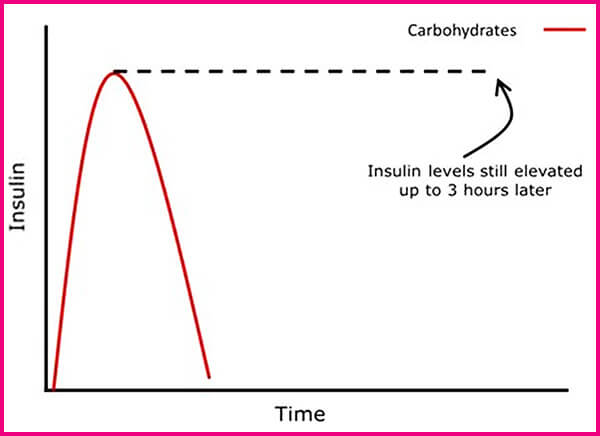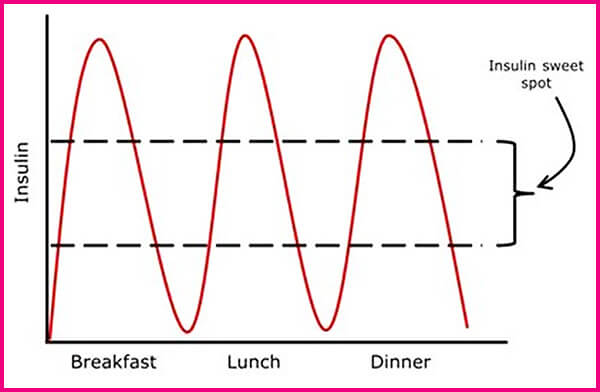CARBOHYDRATES - THE ENEMY...?
Jonny Bowden, who authored the Poliquin Manual for Nutrition, explained this really well. I won’t reinvent the wheel so here is what he said:
“Eat a bar that’s 100 calories of sugar. Your blood sugar jumps up. The pancreas responds with a big shot of insulin, whose job it is to bring blood sugar down. In some people it doesn’t do such a great job, leaving them with high blood sugar and high insulin, both risk
factors for heart disease. In others it does the job OK, but the sugar winds up in the fat cells. Either way, you lose. And we’re not talking about losing fat!
On the other hand, let’s say you eat a bar that’s 100 calories of protein, fat and fiber. The protein provides nutrients necessary for the building of the body’s architecture- bones, muscles, enzymes, neurotransmitters. It also makes you feel full so you’re less likely to overeat. The fiber slows the entrance of sugar into the bloodstream and also helps protect against cancer. The fat provides important building blocks for cell membranes and hormones. Protein has only a mild effect on blood sugar and insulin, and neither fiber nor fat have any effect at all. While both bars are equal from a calorie point of view, they are anything but equal from the point of view of hormones, fat storage and health.”
You see, when you eat any food your body will break it down to use the nutrients it contains. To the body, it is all fuel and every type of carbohydrate you eat (bread, pasta, potatoes, rice, fruit etc) is converted to a simple sugar (glucose) for the body to use as energy. So it is key to note that any carbohydrate, whether it is high GI or low GI, is converted to sugar so the body can process it. Sugar is a fuel, and a fantastic fuel in certain situations, but it is also toxic in excess amounts. So it’s not something our body wants floating around in our blood if it isn’t being used. That’s why we have designed a super-efficient way of storing excess sugar for when we may need it in the future.
Our body quickly detects excess sugar floating around in our bloodstream and insulin is released to enable us to store the excess sugar. Insulin is also released to enable us to use the nutrients provided by protein and fat but I won’t go into detail on that here apart from saying a little insulin is good, too much is bad. The first two places our body looks to store excess sugar are in the liver and in the muscles. But once these are full, and they almost always are with the average diet and lifestyle, the excess sugar is stored as fat.
The chart below shows, simplistically, how your body reacts to carbohydrates.

Now imagine that happening every time you eat a typical, modern-day, meal. So your skimmed milk and cereal for breakfast, your sandwich, fruit and crisps for lunch and then your big bowl of pasta or rice for dinner. It would look something like this:

If you are not in your insulin sweet spot you are either storing excess sugar as fat or having a very noticeable energy crash.
We now, as a nation, eat far too many carbohydrates. It’s not a coincidence that as our carbohydrate consumption increased over the ages so did the proportion of overweight and obese people.
Fortunately, this penny is starting to drop.
Unfortunately, there is, rather predictably, a growing backlash where carbohydrates are now being demonised to the extent that people aren’t eating them at all.
This is a problem because many of our sources of essential vitamins and minerals come in the form of carbohydrates.
So clearly, we need to eat some carbohydrates to get the vitamins and minerals essential for optimal health but not so many carbohydrates as to spike insulin levels and take us out of the insulin sweet spot.
